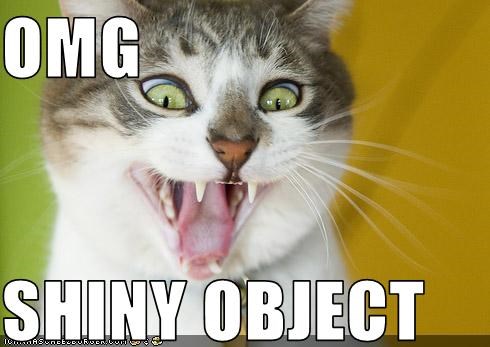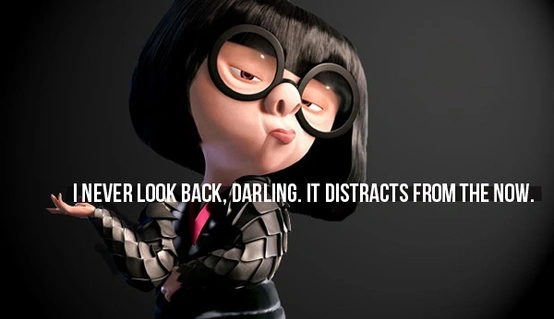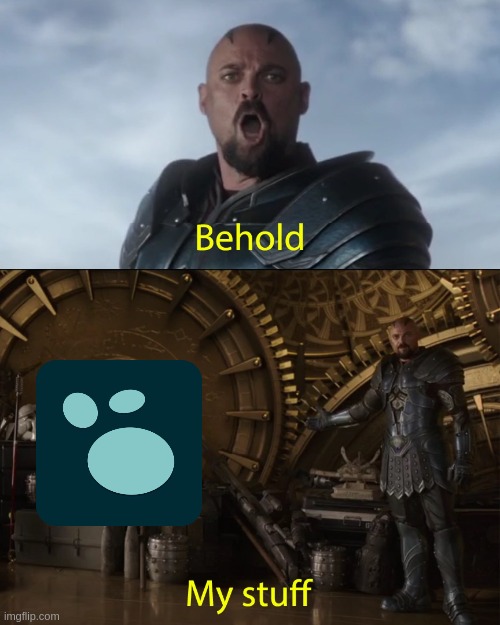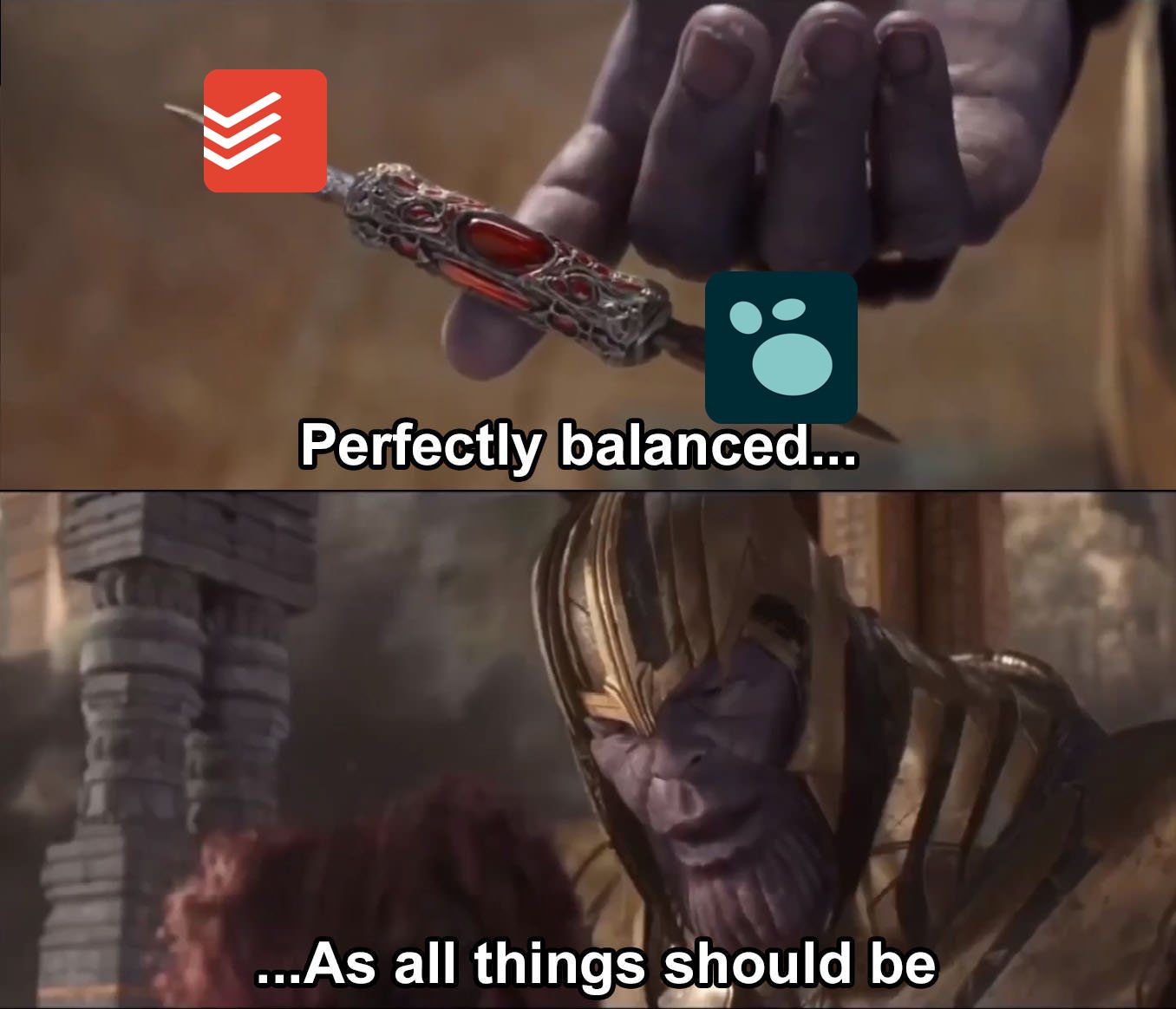Streams and the Buffet
When inbox zero does not cut it
The end of inbox zero?
As a productivity enthusiast and someone who enjoys staying organized, I’ve always been a fan of Inbox Zero. There’s a certain clarity that comes with having everything processed and cleared out, allowing me to focus on what’s important. However, I’ve come to realize that the pursuit of getting everything in one inbox and then bringing it to zero is not suitable for this day and age anymore. In fact, for some, it can be a never-ending task that leads to frustration and disappointment.
The fight against doomscrolling

We live in a world where companies want us to be doomscrolling their app … forever. And if you’re anything like me then the sheer amount of input you get in day means there’s this constant feeling of the next shiny thing that you will, eventually, get to.
To solve this, we need to consider what is an inbox? And to stay sane, I have three forms, streams, buffets and my trusty inbox.
Streams: The never ending

Streams are the things that constantly add new things. They feed on our need for novelty. Twitter, RSS, YouTube, Newsletters and more. While it’s nice to stay informed, trying to bring them down to zero is futile endeavor. For Twitter this seems obvious, but how many times did you try to get all your RSS items checked, or the folder with Newsletters you didn’t get to?

And sending all those items to special apps like Reader won’t help, your just moving the problem. You need to change how you look at them. Because the beauty of streams is that even if you don’t check them for a few days, they will still be there with new content waiting for you. So forget yesterday and focus on the now.
As a result, the first thing I let go when busy are my streams. As a bonus, less new things in means the rest of the system can breathe. Right until I’m bored and I dive back in.
The Buffet: A collection of options

See anything that might be interesting but don’t have time to read it right now? Add it to the buffet your personal curated library of content you intend to explore at some point.
Read later apps are great for this, but anything keeping a list of URL’s will work. If reading blog posts isn’t your daily thing then you’re much better off skipping yet another app and just putting things in your existing todo or note taking app. Highly recommend Logseq journals with #readlater tags.
Be sure to acknowledge that you won’t have time to consume everything on the buffet. The goal here is not to empty the buffet but to have a variety of options at your disposal that have more substance then the stream.

Over time things might go stale, things you constantly skip. So feel free to throw things out. You didn’t invest time putting it on the list so don’t waste time and energy trying to keep something that you will never read.
The Inbox: Swift Processing and Follow-up

For everything else we have the infamous inbox. The place where thoughts await judgement. Here it does make sense to go to inbox zero every day because the details of these quick notes get lost over time. I had plenty of moments where I just had no idea what a line in my inbox was for because well, it was 3 days ago and I can’t even rememeber why I’m at the fridge let alone a fleeting thought three days ago.
Embracing a balanced approach

In conclusion, while Inbox Zero has its merits, it’s crucial to recognize that different types of inboxes require different approaches. Streams offer curated content that you can dip into as needed, while the buffet provides a collection of options for your intellectual cravings. The inbox demands swift processing to avoid missing important details. By embracing a balanced approach and understanding the purpose of each type of inbox, we can optimize our personal knowledge management systems. So go ahead, enjoy the streams, but don’t go chasing down the river.

